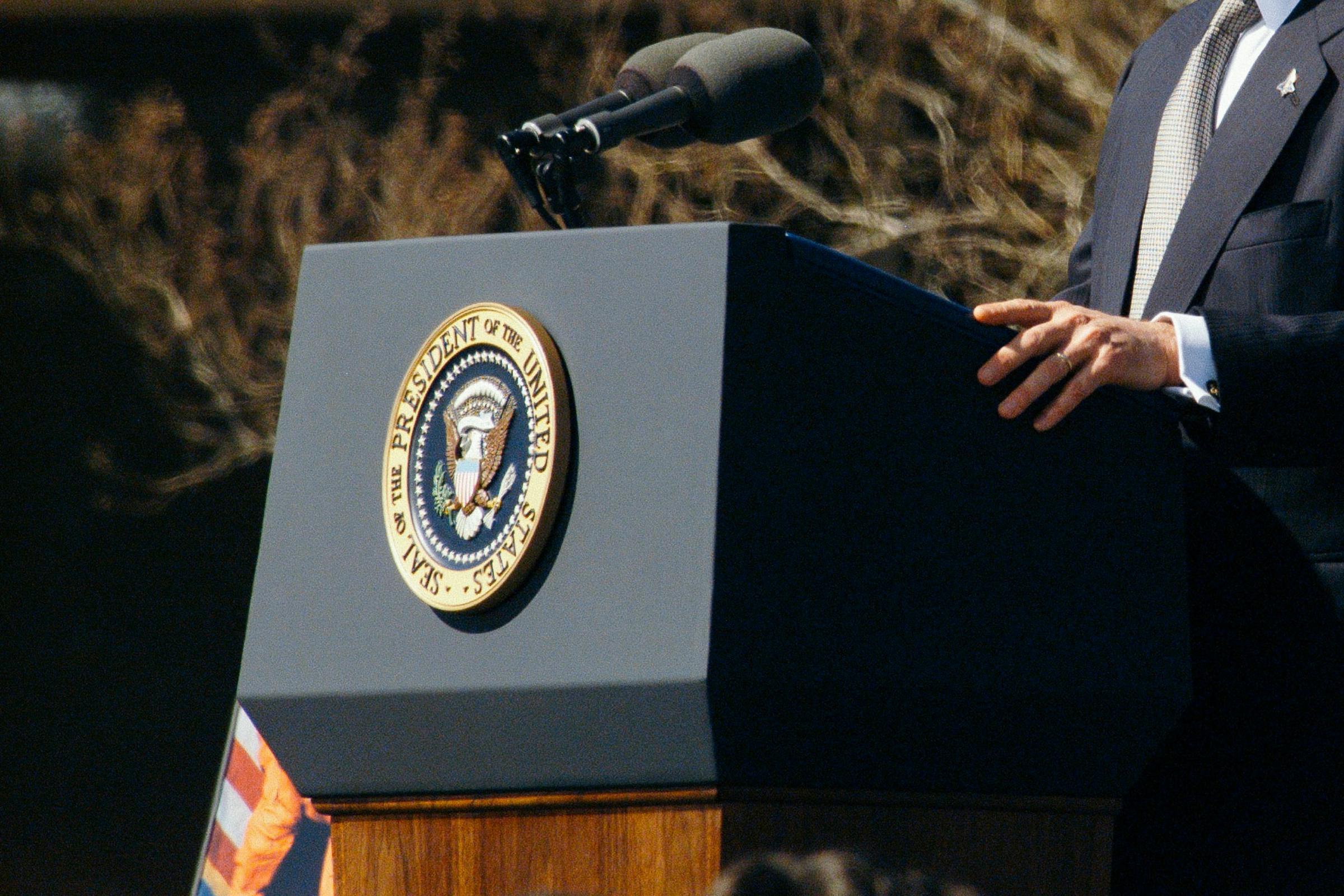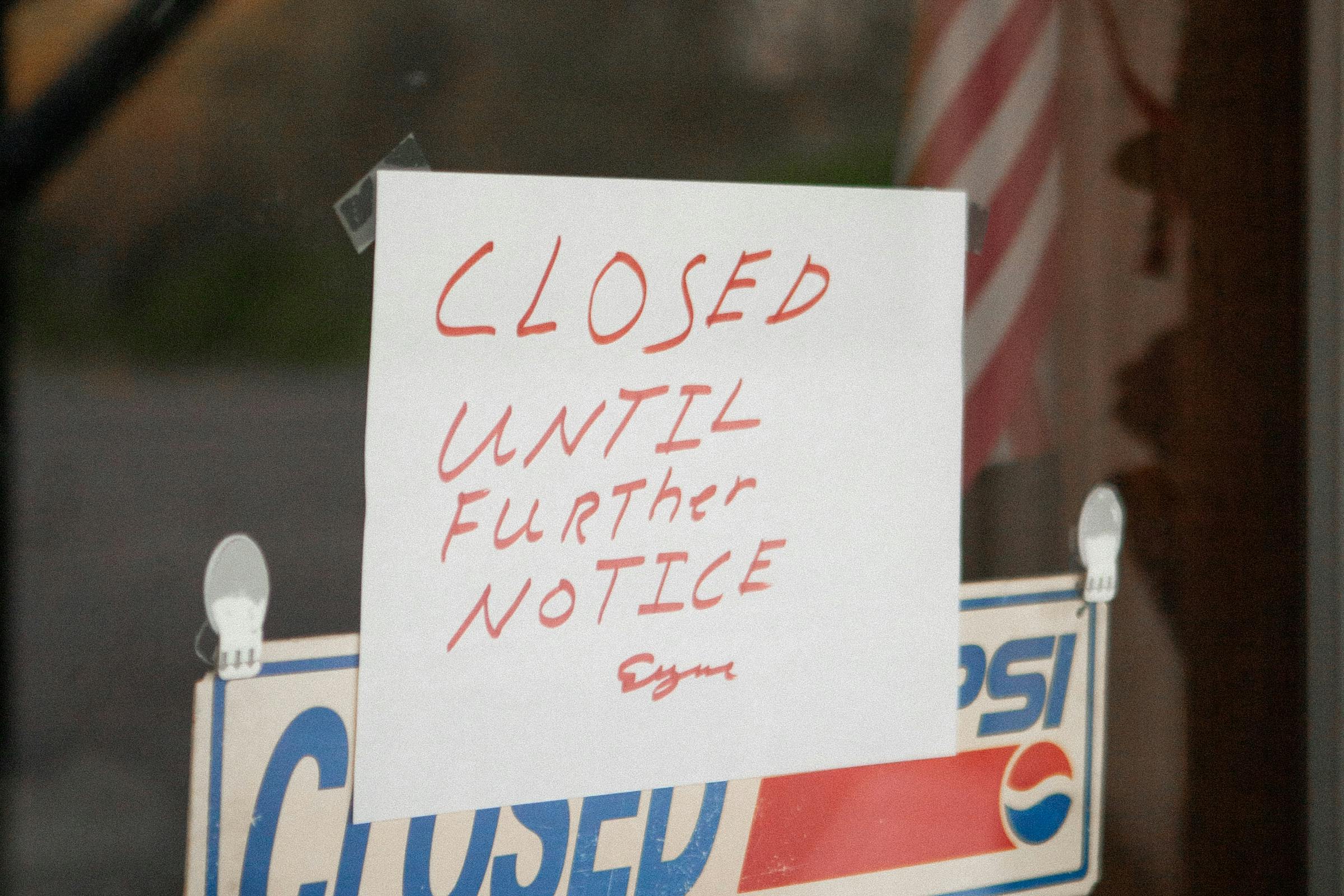The H-1B Visa Program: Helpful or Not?
An India-American Republican, Ramaswamy has firsthand experience with the H-1B program. He has used it 29 times from 2018-2023 to hire skilled workers for his former company, Roivant Sciences.
Per his experience, the system needs fixing in all aspects for everyone involved to obtain the required documents to succeed. The whole system is set up inequitably, from registration selection via an obsolete random lottery to cumbersome steps.
The H-1B visa program was designed to help US employers fill crucial gaps in employment when there is no qualified, available, and willing American worker to do the job. It’s an essential part of immigration and the US economy, but it doesn’t work as initially intended. Instead, Ramaswamy has called for a more meritocratic admission system.
“Gutting” the Program
Ramaswamy’s solution is a total “gutting” of the current H-1B visa program. Currently, the non-immigrant category permits US companies to hire foreign nationals to fill specialty occupations that require advanced degrees or equivalent experience and education. It is used by many businesses to secure the top talents in other countries, and many in India have been waiting a long time for their visa’s approval.
In the US, critics of the H-1B program say it’s a way employers can get away with hiring cheaper labor and harming the US workers looking for jobs. But the requirements for visa approval are intended to negate that concern. Still, ex-President Donald Trump saw a need for an overhaul, but was unable to implement significant reforms before President Joe Biden was elected into office.
Ramaswamy proposes more changes, including a rule that defines “specialty occupation” clearly and concisely. He also wants to include a rule that requires companies to tell immigration agencies that employees hired through H-1B visas weren’t available in the pool of US workers.
Why the Demand for H-1B Visas?
What’s the big deal behind the H-1B visa category, anyway, and why is it such a hot topic, particularly before a presidential election? Well, this visa comes with many benefits. The holder is able to work and live in the US with their immediate family for three years with an optional three-year extension and a direct path to permanent residency (dual intent) if they choose to do so.
Additionally, those hired under an H-1B visa must be paid the prevailing wage or greater as compared to other workers with in similar positions with the same qualifications. Employees are guaranteed the same working conditions as are given to similarly employed American workers. Employers pay the fees to obtain a visa for the beneficiary.
How Do the Indians Feel About These Proposed Changes?
As with all changes in regulations, especially regarding immigration, there are proponents and opponents. Currently, United States Citizenship and Immigration Services (USCIS) issues 85,000 H-1B visas and work permits to those with specialty occupations (20,000 of these are for those with advanced degrees). Many of these go to Indian workers, but there is a cap of how many are allotted per country. Still, Indians make up a significant percentage of H-1B workers (up to 73% in 2022).
With a merit-based system, there could be a decline in the number of applications approved each year. Instead of helping Indians break the backlog, this could backfire, causing a hit to how many Indians can move their dreams forward under an H-1B visa.
What’s Next?
The political administration in the US is only one side of the coin when it comes to immigration laws. The decisions in the foreign worker’s home country matter, too. For Indians looking to move forward in their careers and enter the US under an H-1B visa, Ramaswamy’s reform might be a deterrent. Still, there’s a need for change, and he offers a possible solution.
At Visa2US, we’ll continue to stay up-to-date on the changes in the immigration landscape on a global scale, and we’ll update you, too. Contact our expert attorneys for your H-1B visa questions and needs any time, day or night.














